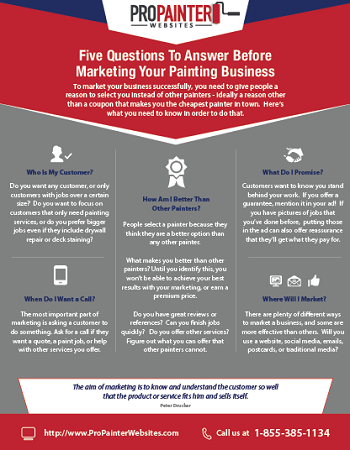Seasonal Factors In Commercial Exterior Painting: Secret Insights You Ought To Understand
Seasonal Factors In Commercial Exterior Painting: Secret Insights You Ought To Understand
Blog Article
Write-Up Developed By-Carlson Skafte
When you're intending an industrial external paint project, seasonal aspects can make or break your outcomes. You'll intend to take into consideration how temperature level and humidity impact paint application and drying out times. Picking the best season can ensure your paint adheres appropriately and lasts much longer. However which seasons are really the best for this sort of work? Allow's check out the key elements that can influence your task's success.
The Impact of Temperature on Paint Application
When you're planning a commercial exterior paint project, the temperature can significantly influence how well the paint sticks and dries.
Ideally, commercial painters minnesota wish to repaint when temperatures vary between 50 ° F and 85 ° F. If it's also cold, the paint may not heal effectively, leading to concerns like peeling off or breaking.
On the flip side, if it's also warm, the paint can dry out too swiftly, stopping proper attachment and resulting in an uneven coating.
edina house painters should additionally think about the time of day; morning or late afternoon supplies cooler temperature levels, which can be extra beneficial.
Always inspect the producer's suggestions for the particular paint you're utilizing, as they typically give assistance on the ideal temperature array for ideal results.
Humidity and Its Effect on Drying Times
Temperature level isn't the only environmental variable that influences your industrial external painting task; humidity plays a substantial role as well. High moisture degrees can reduce drying out times considerably, impacting the total top quality of your paint task.
When the air is filled with wetness, the paint takes longer to treat, which can cause problems like inadequate adhesion and a greater threat of mold growth. If you're repainting on a particularly humid day, be planned for prolonged delay times between layers.
It's important to check neighborhood weather conditions and plan accordingly. Preferably, aim for humidity degrees in between 40% and 70% for ideal drying.
Keeping these consider mind ensures your job remains on track and provides an enduring coating.
Best Seasons for Commercial Exterior Painting Projects
What's the most effective time of year for your business exterior paint jobs?
Springtime and very early loss are normally your best bets. During these periods, temperature levels are moderate, and moisture degrees are frequently lower, producing perfect conditions for paint application and drying.
Avoid summer season's intense heat, which can cause paint to dry also promptly, resulting in poor bond and coating. In a similar way, wintertime's chilly temperatures can impede appropriate drying out and healing, running the risk of the long life of your paint work.
Aim for days with temperature levels in between 50 ° F and 85 ° F for ideal results. Bear in mind to inspect the local weather prediction for rain, as damp problems can ruin your task.
Planning around these aspects ensures your painting job runs smoothly and lasts longer.
Verdict
In conclusion, planning your commercial outside painting tasks around seasonal factors to consider can make a significant difference in the outcome. By organizing work throughout the optimal temperatures and humidity degrees, you'll ensure far better attachment and drying times. Bear in mind to watch on regional weather forecasts and select the right time of year-- springtime and very early loss are your best options. Taking these actions will certainly aid you achieve a sturdy and professional surface that lasts.
